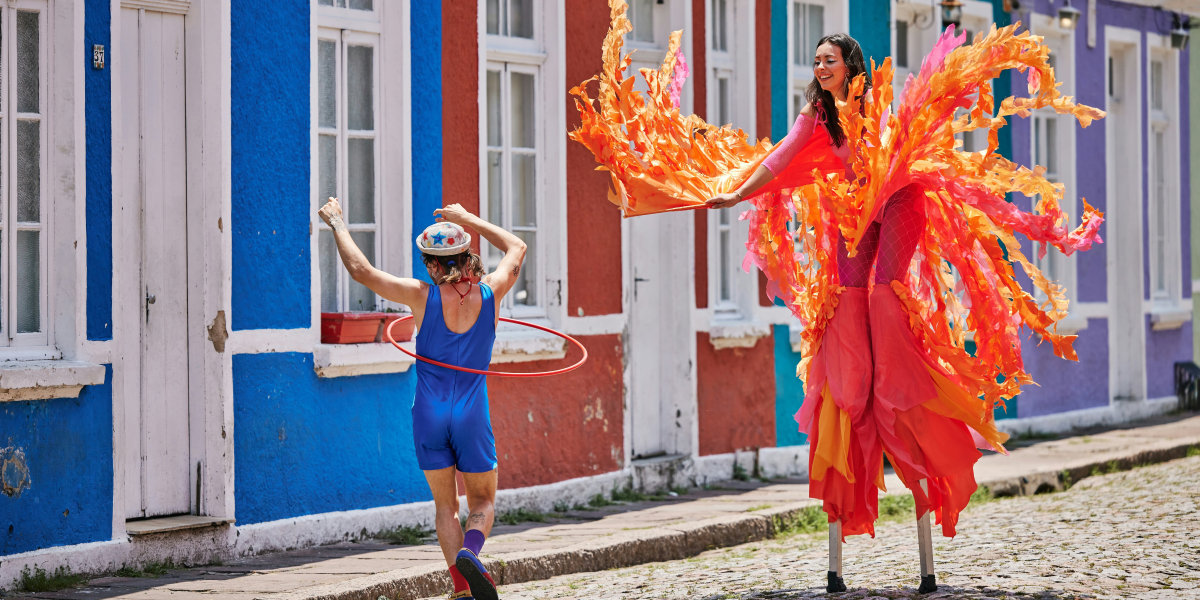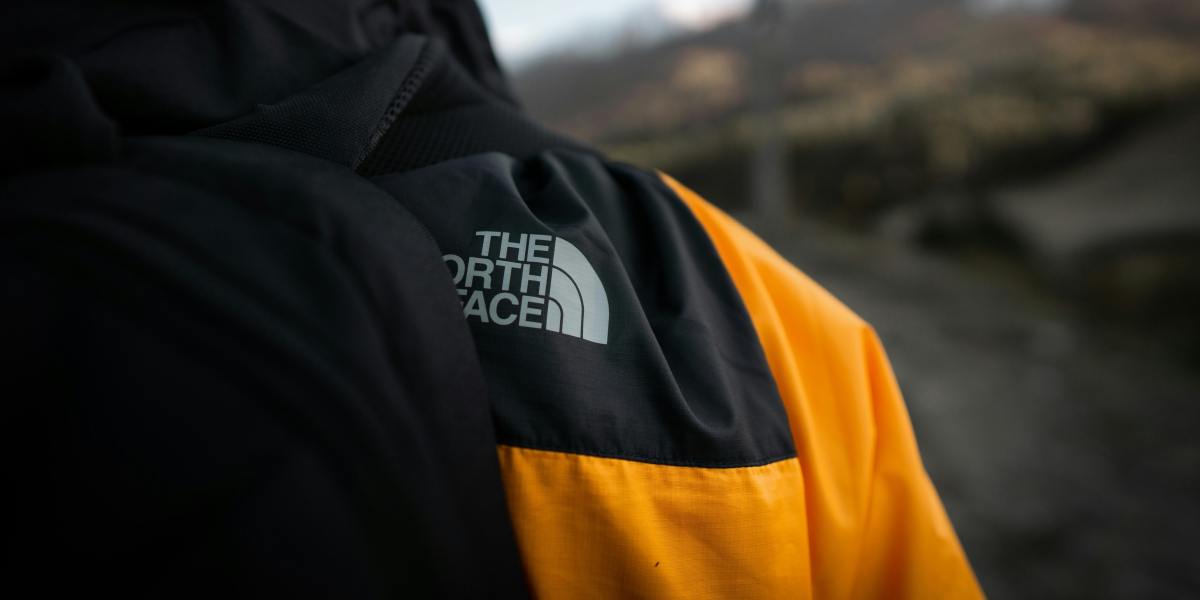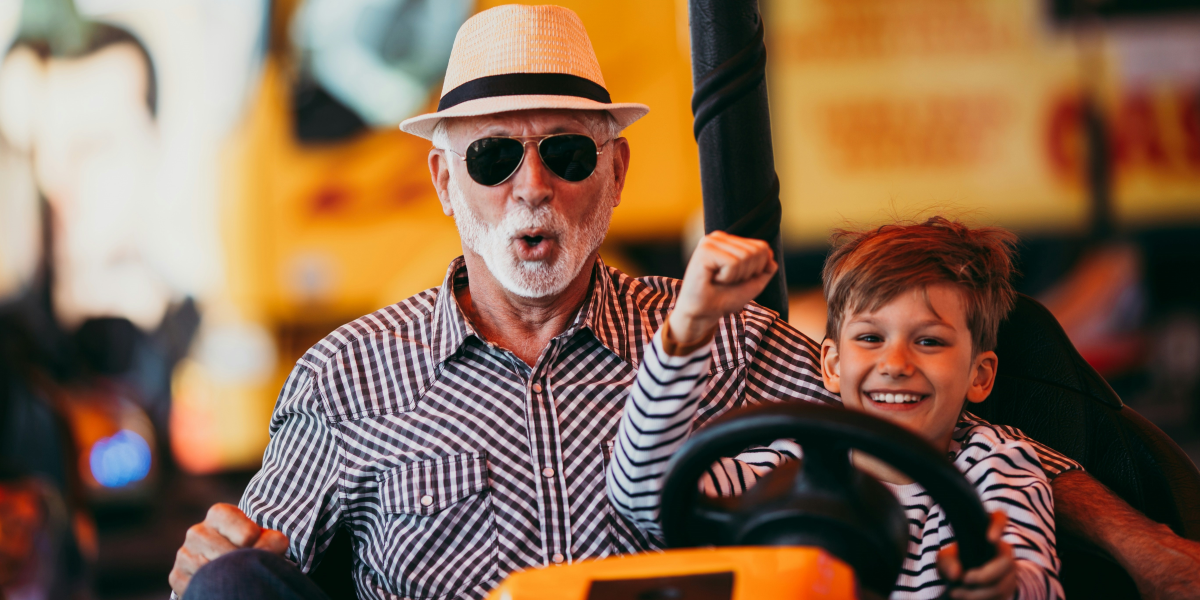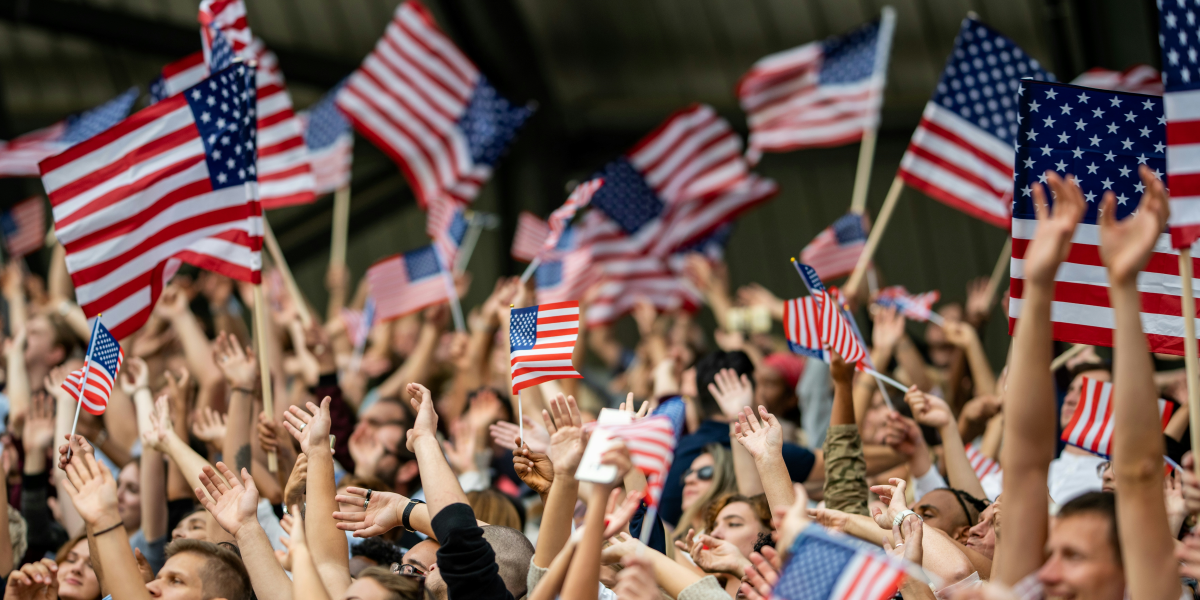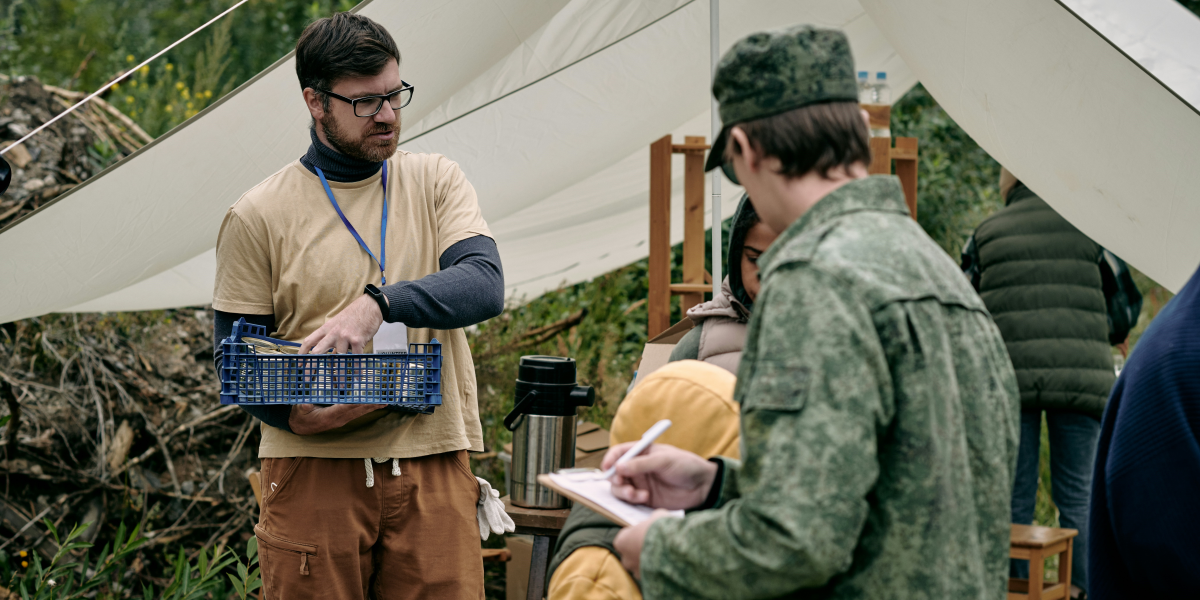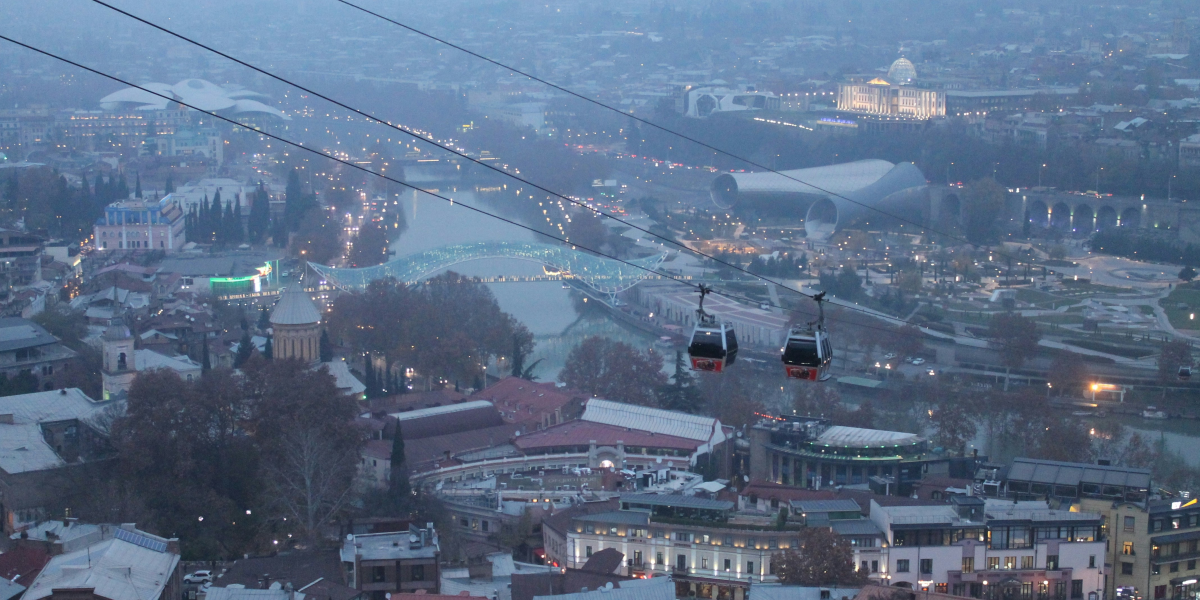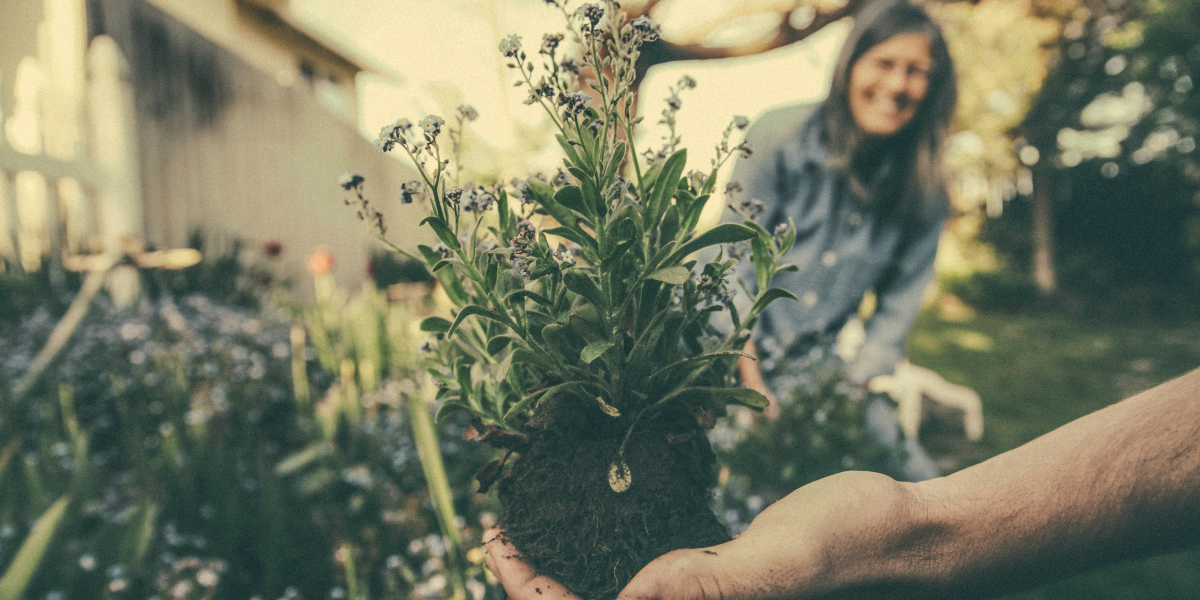Cultural Diversity: Festivals and Events Across the United States
The United States is home to a rich tapestry of cultures, reflected in the diverse festivals and events celebrated across the country. From coast to coast, communities gather to honor heritage, history, and tradition through vibrant cultural celebrations. These festivals attract locals and visitors alike, offering a unique opportunity to experience the sights, sounds, and flavors of various traditions.
Mardi Gras – New Orleans, Louisiana
Mardi Gras, also known as “Fat Tuesday,” is one of the most iconic cultural events in the United States. Held annually in New Orleans, Louisiana, this festival dates back to French colonial times and is known for its colorful parades, elaborate costumes, and vibrant music. Mardi Gras combines French, Spanish, and African influences, celebrating New Orleans’ unique cultural heritage.
Highlights of Mardi Gras
Parades and Floats: The festival features numerous parades with elaborate floats, often organized by local “krewes” who compete to create the most impressive designs.
Costumes and Masks: Attendees don colorful costumes and masks, adding to the festival’s lively atmosphere.
Food and Music: Jazz music fills the air, while local delicacies like gumbo, beignets, and king cake are enjoyed by attendees.
Albuquerque International Balloon Fiesta – Albuquerque, New Mexico
The Albuquerque International Balloon Fiesta is a mesmerizing event that attracts balloonists and spectators from around the world. Held in early October, this nine-day festival showcases hundreds of hot air balloons ascending over the New Mexico landscape, creating a breathtaking spectacle.
Highlights of the Balloon Fiesta
Mass Ascensions: One of the most popular events, where hundreds of balloons take flight at dawn, painting the sky with vivid colors.
Special Shapes Rodeo: This event features balloons in unique shapes, from animals to famous cartoon characters, making it a favorite for families.
Night Glow Events: In the evening, balloons are illuminated on the ground, creating a magical scene against the night sky.
Chinese New Year – San Francisco, California
San Francisco’s Chinatown hosts one of the largest and most celebrated Chinese New Year festivals outside Asia. The event marks the beginning of the lunar new year, with festivities that honor Chinese culture and traditions. San Francisco’s Chinese New Year celebration dates back to the 1860s, making it one of the city’s oldest and most cherished events.
Highlights of Chinese New Year in San Francisco
Golden Dragon Parade: A 200-foot dragon puppet, accompanied by dancers, drums, and fireworks, is a central attraction of the parade.
Lion Dances and Martial Arts: Performances showcase traditional lion dances and martial arts, symbolizing good luck and protection from evil spirits.
Street Fair: The fair features cultural performances, food stalls, and arts and crafts, offering an immersive experience of Chinese heritage.
Dia de los Muertos (Day of the Dead) – Los Angeles, California
Dia de los Muertos, or Day of the Dead, is a Mexican tradition that honors deceased loved ones. In Los Angeles, the celebration takes place in neighborhoods with rich Hispanic heritage, such as Boyle Heights and East LA. The holiday, typically held on November 1-2, blends indigenous Aztec customs with Spanish influences.
Highlights of Dia de los Muertos in Los Angeles
Altars (Ofrendas): Families and artists build altars to honor the deceased, decorated with marigolds, candles, and photos.
Catrina Makeup and Costumes: Many attendees paint their faces as “Catrinas,” representing skeletons adorned with flowers, a symbol of the holiday.
Parades and Music: Festivities include parades, traditional music, and folk dances, creating a joyful atmosphere to honor departed loved ones.
Cherry Blossom Festival – Washington, D.C.
The National Cherry Blossom Festival in Washington, D.C., celebrates the beauty of cherry blossom trees and honors the friendship between the United States and Japan. Held each spring, this festival draws visitors to view the blooming cherry blossoms around the Tidal Basin. The event includes a variety of cultural activities, from traditional Japanese performances to art exhibits.
Highlights:
Cherry Blossom Viewing: Thousands of cherry trees bloom, creating a breathtaking pink and white landscape.
Parade and Performances: The festival features a grand parade and traditional Japanese music and dance.
Cultural Exhibits: Art displays and activities showcase Japanese culture and traditions.
Burning Man – Black Rock Desert, Nevada
Burning Man is a unique cultural event held annually in the Nevada desert, where art, community, and self-expression take center stage. Each year, participants build a temporary city filled with large-scale art installations, themed camps, and performances. The event ends with the burning of a massive wooden effigy, symbolizing rebirth and letting go.
Highlights:
Art Installations: Interactive sculptures and installations create a surreal, immersive environment.
Theme Camps: Themed camps host workshops, performances, and discussions.
Burning of the Effigy: The event concludes with the burning of the “Man,” a central ritual of transformation.
New York City Pride – New York, New York
New York City Pride is one of the largest LGBTQ+ pride celebrations in the world, drawing millions of attendees each June. Honoring the history and activism of the LGBTQ+ community, NYC Pride includes a grand parade, rallies, and numerous events aimed at promoting equality and acceptance. The celebration commemorates the Stonewall Riots, a pivotal event in LGBTQ+ rights.
Highlights:
Pride Parade: Colorful floats, music, and vibrant costumes celebrate LGBTQ+ identity and history.
Rallies and Performances: Stages across the city feature speakers, performers, and entertainers.
Educational Events: Workshops and panels discuss LGBTQ+ rights, health, and community issues.
Embracing Cultural Diversity Through Festivals
The United States is home to an incredible variety of cultural festivals and events that showcase the nation’s diversity. These events foster understanding, pride, and unity, from food and music to traditional celebrations and contemporary arts. Whether attending Mardi Gras in New Orleans, the Cherry Blossom Festival in Washington, D.C., or the Sundance Film Festival in Utah, each event provides a unique opportunity to experience the rich tapestry of American culture.
Published by: Annie P.



